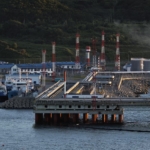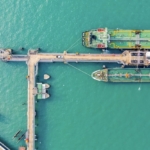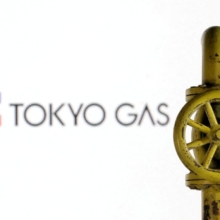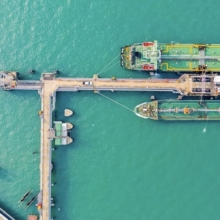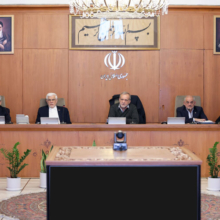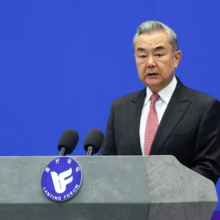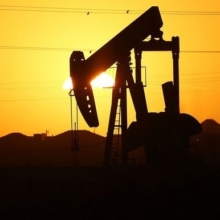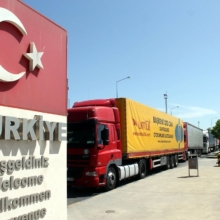Navigating the Gas Pressure Drop at South Pars: A Path Forward
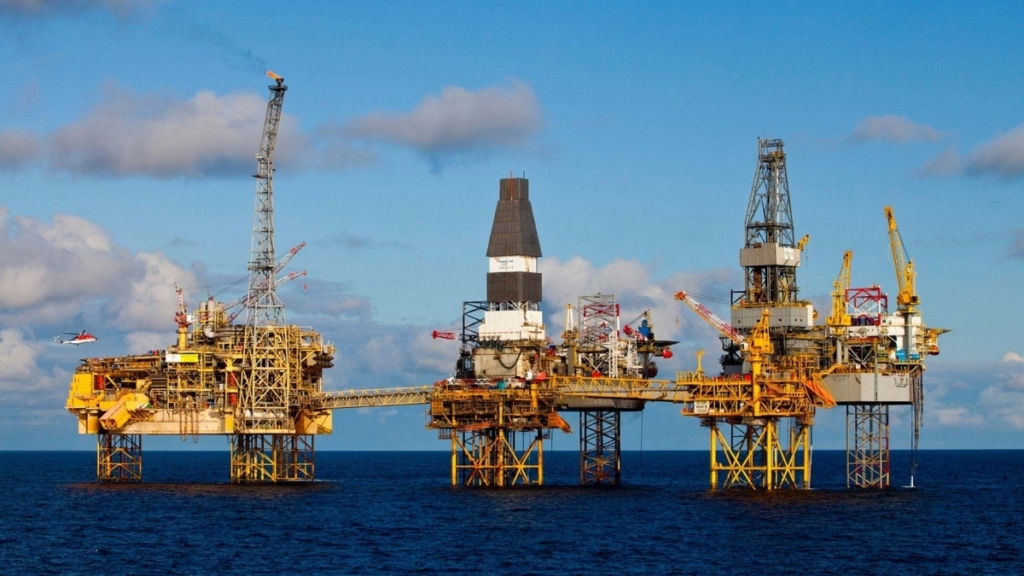
RoydadNaft – The South Pars Gas Field, the world’s largest natural gas field shared between Iran and Qatar, has been a cornerstone of Iran’s energy supply.
However, as the field matures, it faces the significant challenge of declining gas pressure, which threatens to reduce production capabilities. Here’s an analytical look at the proposed solutions:
Challenges at Hand:
1. Natural Pressure Decline: After decades of extraction, the natural pressure within South Pars has begun to decrease, leading to a reduction in gas output.
2. Inefficient Management: Critics point to mismanagement and a lack of timely investment in new technologies as exacerbating factors.
3. Competition with Qatar: Qatar, leveraging significant investments and advanced technology, has managed to increase its production from the shared field, putting pressure on Iran to keep pace.
Strategic Solutions:
1. Pressure Enhancement:
– Compressor Installation: The primary solution involves installing offshore compressors to boost the pressure. Recent contracts worth billions of dollars for pressure boosting facilities have been signed, indicating steps towards addressing this issue.
2. Drilling New Wells:
– Expanding the field by drilling new wells in areas still maintaining adequate pressure can increase overall production. This requires substantial investment and access to cutting-edge drilling technologies.
3. Consumption Optimization:
– Given Iran’s gas imbalance, optimizing use through better insulation, more efficient equipment, and smart energy management can alleviate pressure on production. Reducing gas flare and improving transmission efficiency are also vital.
4. International Collaboration and Technology:
– Despite sanctions, efforts to collaborate internationally for technology and funding are crucial. Iran has been exploring avenues to attract foreign investment and expertise, though this remains challenging.
5. Strengthening Domestic Infrastructure:
– Investing in local talent and technology development for pressure management is essential. This not only addresses current issues but also prepares for future challenges in gas field management.
Analysis:
– Economic Impact: The decline in production could lead to increased gas prices and shortages, affecting both industrial and household sectors. Implementing these solutions could prevent economic downturns associated with energy deficits.
– Technological Hurdles: While technology exists to mitigate pressure drop, integrating these solutions requires overcoming both financial and technological barriers, particularly under sanctions.
– Environmental Considerations: Any strategy must also consider environmental impacts, especially in reducing flaring, which contributes to greenhouse gas emissions.
– Long-term Sustainability: Beyond immediate fixes, there’s a need for a sustainable approach to managing natural resources. This involves not just maintaining production levels but also planning for the eventual depletion of the field.
Conclusion:
Addressing the gas pressure drop in the South Pars Field demands a multi-faceted strategy that includes significant capital investment, adoption of advanced technologies, efficient gas consumption practices, and possibly, a reevaluation of international relations for technological and financial support. Without these measures, Iran risks not only a decrease in gas production but also broader economic and social repercussions. The path forward must be navigated with foresight, balancing immediate needs with long-term energy security.

